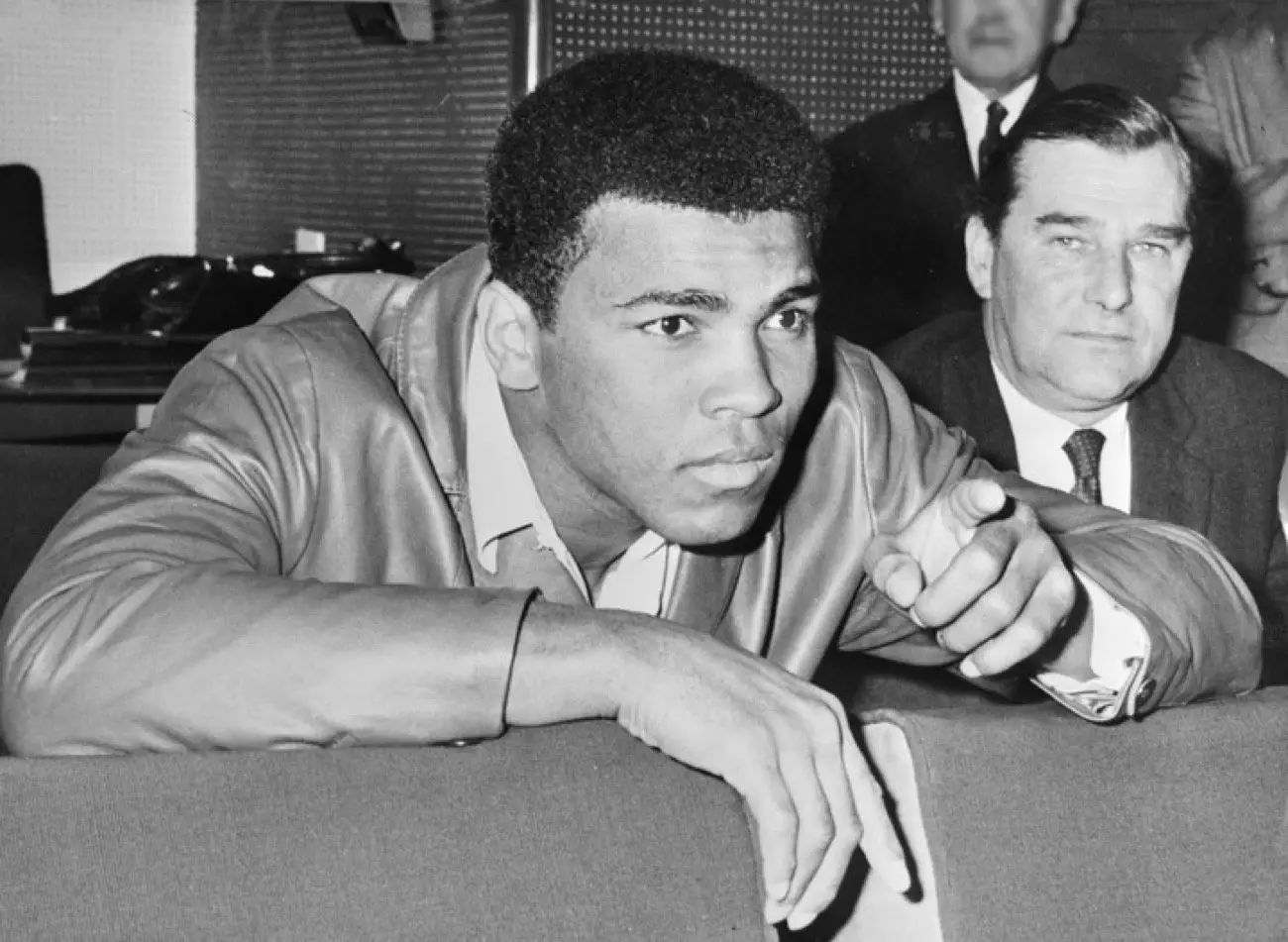The realm of boxing, particularly the heavyweight division, is steeped in history and packed with iconic figures whose legacies continue to resonate. Recently, Give Me Sport undertook the ambitious assignment of ranking the ten greatest American heavyweights of all time. Their criteria—an overall record, championship titles, and ability inside the ring—have sparked considerable conversation among boxing enthusiasts. This exploration of the rankings necessitates a closer look at the implications of such a list and the choices made therein.
The Esteemed List
According to the rankings presented, the top ten includes:
1. Muhammad Ali
2. Joe Louis
3. George Foreman
4. Jack Johnson
5. Larry Holmes
6. Evander Holyfield
7. Joe Frazier
8. Mike Tyson
9. Deontay Wilder
10. Sonny Liston
At first glance, the comfort in recognizing Ali, Louis, and other names like Foreman and Holyfield as immortal figures in boxing is undeniable. However, as one begins to delve deeper into the composition of this list, questions arise regarding omissions and placements.
A glaring absence is that of Rocky Marciano, a fighter renowned for his unblemished record, as well as Jack Dempsey, who was instrumental in popularizing the sport in America. Even more contentious is the inclusion of Deontay Wilder, who, while a significant current fighter with knockout power, lacks the comprehensive achievements that characterize the legendary figures above him. Positioning him above Sonny Liston, a once-feared champion, raises eyebrows about the criteria utilized.
Moreover, the rankings challenge the interpretations of skill and influence in the sport. Is the legacy of earlier boxers, like Gene Tunney or Jim Jeffries, being overlooked in favor of a more contemporary approach? Fans of the sport might argue that boxing can’t be evaluated solely on titles and records. Such factors spawn a debate that transcends mere statistics, enveloping elements of style, cultural impact, and the fighter’s ability to captivate an audience.
Although the ranking embraces contemporary analysis, it inadvertently invites nostalgia, beckoning discussions about how the sport and its athletes have evolved. A significant factor in this discourse is Jack Johnson, who, despite enduring racial barriers, made a profound impact on the sport. His placement in this list is more than just about ring prowess; it speaks to the social context of boxing and its transformation over the years.
Conversely, the case of Mike Tyson prompts reflections on brutality vs. technique. Tyson’s ferocity was indeed unstoppable during his prime, yet the question remains whether this ferocity equates to greatness compared to the strategic minds of boxers like Larry Holmes or the perseverance of Joe Frazier.
Ultimately, the task of ranking boxers will always be subjective. Each fan brings personal biases, preferences, and historical knowledge that can skew their opinions. The Give Me Sport ranking does provide a framework for discussion, but like the sport of boxing itself, it’s a rich tapestry woven from diverse threads of expertise and sentiment. As arguments ensue over rankings, one thing remains certain: the debate keeps the spirit of the sport alive and thriving. Every boxer mentioned has undeniably shaped the heavyweight landscape, and regardless of their position on this list, their legacies continue to transcend generations.


Leave a Reply